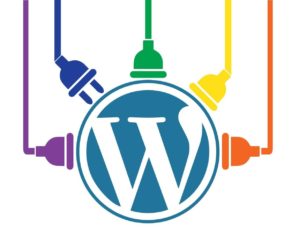When it comes to purchasing a mobile phone and sourcing the best one for you, it’s sometimes hard to choose between the two biggest market competitors, Android and iOS!
Firstly, what is Android?
Android is the mobile operating system developed by Google in 2007. If you are purchasing any mobile phone or tablet manufactured by Samsung, LG, Sony, HTC, Huawei and Motorola, chances are, it will most likely come with the Android Operating system.
Secondly, what is iOS?
iOS is the operating system developed by Apple in 2007 to power all iPhones, iPads and iPods.
Now, what are prices like for each?
Sometimes one of the biggest factors is the cost!
If you are purchasing a phone outright, it can be quite cost effective purchasing an Android phone, as these can often start around $110 to purchase outright if you are looking for a cheap option and just want a phone that does the basics, like the Huawei Y3II. Given that there are many different manufacturers of phones running the Android operating system, you have a large variety of options to choose from. In saying that these can often start around $110, some models of Android phones can be worth $1,000+ outright, like the Google Pixel XL , so Android is not always the cheapest option.
Now, looking into the iPhone, these are most cost effective for those wanting to opt for a mobile plan with a device payment contract, where you are paying for the device on a payment plan, as well as your monthly phone bill. Nowadays, some of the older versions of the iPhone, such as the iPhone 5S, released in 2013, are now $0 per month with some retailers on 24 month contracts when choosing a low-mid range phone plan, although worth around $370 still outright.
Obviously, the iPhone worth around $370 may have a better camera than the $110 Android phone, but you can use a handy site like GSM Arena to compare phones yourself! Simply visit the link and type in the phone makes/ models you are wishing to compare. Here, I have compared these two phones mentioned – the iPhone 5S and the Huawei Y3II!
Each operating system does come with its differences!
If you are someone who transfers a lot of data between your phones, it’s always to keep in mind that you will need iTunes to do this on an iPhone. Whereas, an Android based phone can just be plugged into your computer and data transferred by opening the phone’s drive on your computer, which works in a similar way to how data is transferred between a USB stick and a computer. If you have never used iTunes before, there are many tutorials online and located on the Apple website for this, but if you aren’t someone wanting to learn new software and do need to transfer a lot of data, an Android phone may be the easier option for you.
Home Screen Customisation for Android:
Something that is quite liked about Android is that you have the ability to have customised a home screen, which can be described similar to having a Desktop on a computer. It allows you to place certain apps on the home screen of your phone for quick access. It also allows you to customise it with certain widgets for news and weather, battery, calendar and many more. This handy article here will give you a rundown of what widgets are. With an iPhone, as soon as you unlock your phone, you are presented with all the apps installed on your phone (which some do often prefer).
Other Customisation for Android:
Android will also allow you to install many other custom apps to really make you feel like your phone is yours! You have the ability to install different keyboards and launchers to change the look/ feel of your app drawer/ screen.
Apple Support:
One thing that is really impressive if you do have an iPhone (or any Apple device for this matter) is that it is easy to get support if you need a hand. With Apple stores around all the big cities in Australia, as well as the Apple support line, you can’t go wrong.
The home button for Apple:
One thing that all iPhones have in common is the round home button. This button is so handy to get back to the app screen without hassle. No matter where about you are on the phone, you can always get back to the home screen using this button, which makes life easy if you’re not sure where you have landed yourself.
Very few Android phones have a button as handy as this!
Find My iPhone:
This is a feature that all Apple users find useful if they have misplaced their phone. This gives you the ability to sign into iCloud.com from anywhere and locate your phone on a map. You can also track where your phone has been and remotely erase your phone’s content. You can view more information about this here.
Similarities when it comes to calls/ texts:
Calls and messaging work pretty similar on each platform and additional messaging apps such as Skype, Facebook Messenger, Google Hangouts are all available in the Apple App Store, as well as the Google Play Store on Android. The popular video chat app, FaceTime is only available on iOS, as with iMessage, where Apple users can message other Apple users over Wifi or 3G/4G. However, Android users can use Google Hangouts, which will allow video calling, as well as instant messaging to other Android users over 3G/4G and as mentioned, this available on the Apple App Store as well, so anyone who has a GMail can use this on an iPhone.
Installation of Apps:
These days, both app stores also have many of the same apps for all the large social media services like Facebook, Twitter, Instagram, etc. Email apps are also available on both app stores for large platforms like Outlook and GMail, as with banking apps for banks like Commonwealth and Westpac.
When it comes to installing apps from the app stores on each device, before an app can be available for download and/ or purchase, both Google and Apple must approve of these apps, which makes security of installing apps from the stores much the same on each device. Although never recommended, it is possible to download from external sources other than the Google Play store on Android, which can increase vulnerabilities when it comes to Malware, but this is the same on any Windows computer. On an iPhone, it isn’t possible to install anything other than apps from the Apple Store.
On both devices, it is also possible to install antivirus apps which will scan your phone for viruses and vulnerabilities.
Backups:
Backing up data on each phone is pretty similar. Apple phones have integration of iCloud to backup data, while Android phones integrate with Google Drive. Both of these options are similar and each one has a certain amount of storage available free, which most people don’t go over generally. On an iPhone, you can also plug your phone into your computer and sync it with iTunes to backup.
Browsing:
Traditionally, iOS devices come with Safari as the default browser, while Android devices come with Google Chrome. Both devices give you the ability to install different browsers from the app stores.
How do I choose?
All in all, both operating systems have their perks! It’s entirely up to you as to what appeals to you.
Before buying a phone, or opting for a 24 month contract to own your phone outright, definitely visit GSM Arena to compare the phones you’re looking at, to make sure you choose the best one for you!







